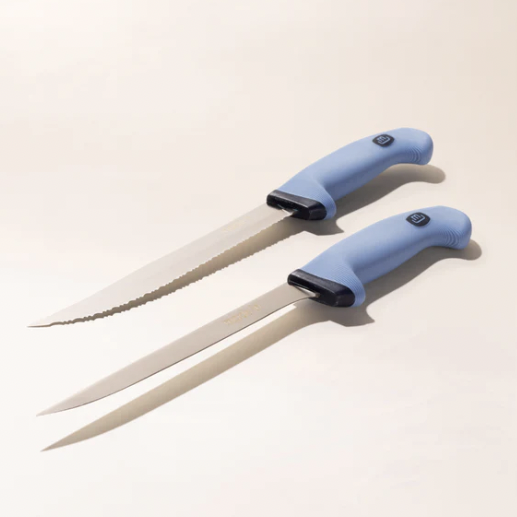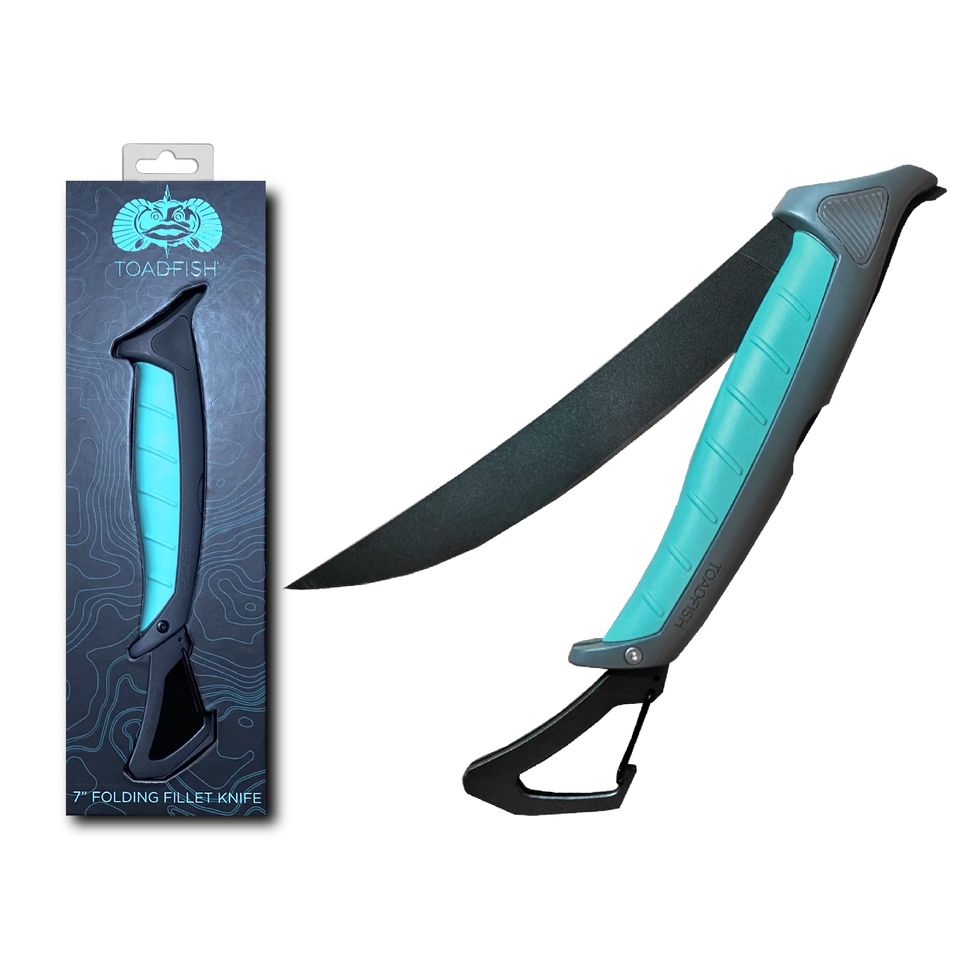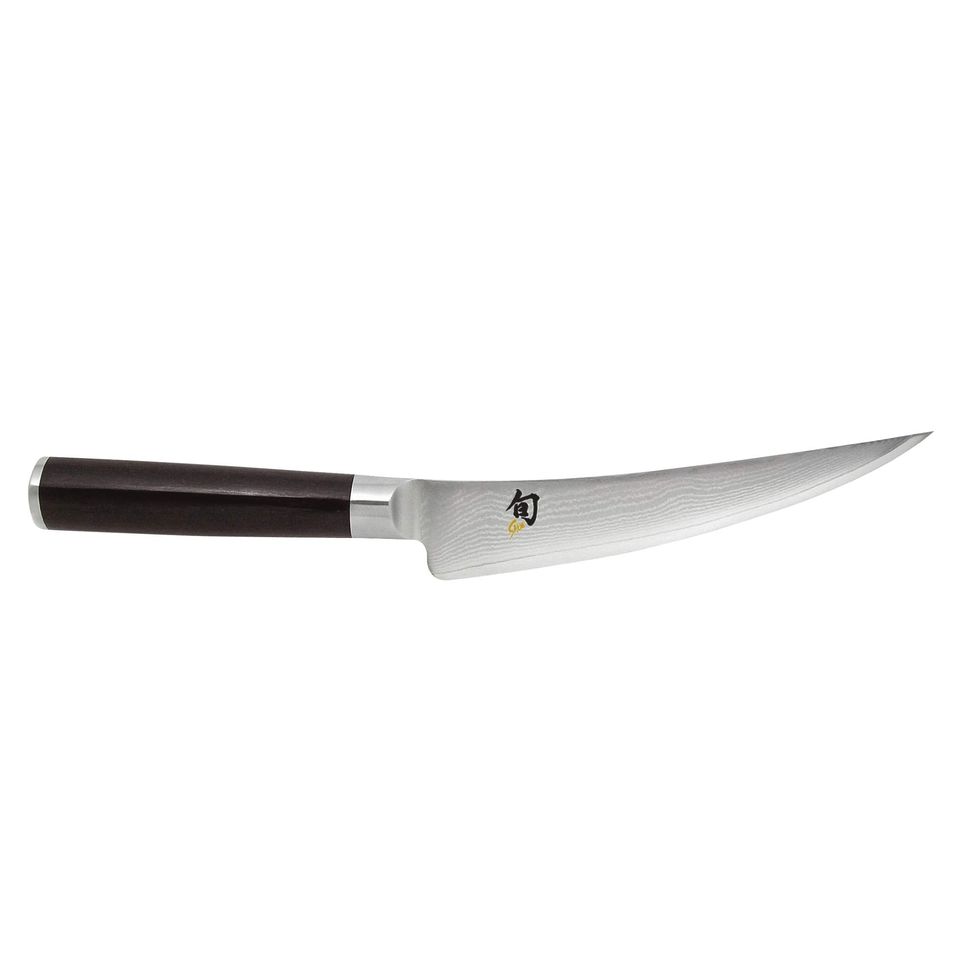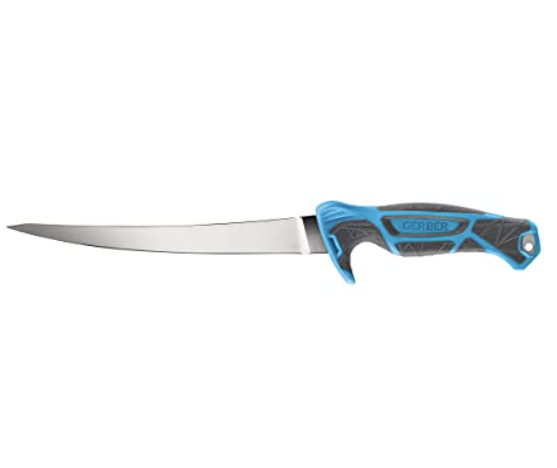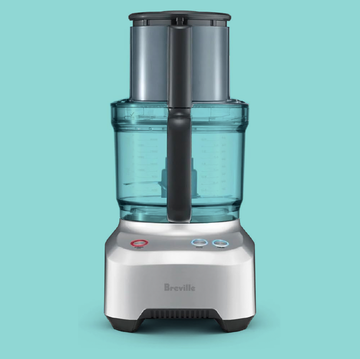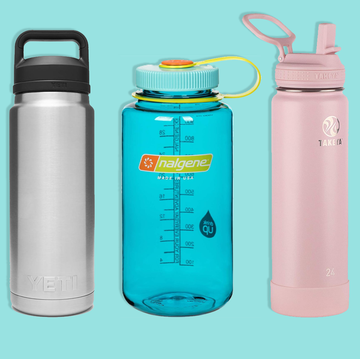8 Best Fish Fillet Knives, According to Testing
These knives will help you fillet a whole fish, remove the skin from fillets and more.
We've been independently researching and testing products for over 120 years. If you buy through our links, we may earn a commission. Learn more about our review process.
Fish fillet knives are the key to pristinely portioning fish. They can also be used to dress a whole fish — a.k.a. remove the guts, head, tail and fins — as well as to remove the fillets and the skin from the fillets. They're often used by fishmongers, but they're useful for home cooks who like to fish or to buy their fish whole.
In the Good Housekeeping Institute, we test all sorts of knives including the best chef knives, the best Japanese knives, the best bread knives, the best butcher knives and the best electric knives. When we test, we keep the home consumer in mind and come up with tasks that mimic how someone would use their knives at home, while making sure we can evaluate important factors like sharpness, edge retention, comfort, cleanability and more. For fish fillet knives, we sliced tomatoes, as we do in all of our knife tests, to assess how sharp each blade was. Then we filleted whole fish and removed the skin from a piece of salmon.
Our top picks:
Fish fillet knives come in an assortment of sizes, often from 5 to 9 inches, and a few different styles. Most have long, thin blades that are flexible and sharp (great for smaller or more delicate fish and fillets), but some are more rigid and sturdy (ideal for heartier fish). Curved blades allow for long, smooth strokes so you can get the cleanest cut, while flexibility helps get in and around bones. Straighter blades and more sturdy blades are usually good for removing the head and tail and removing skin from fillets and can often be used for meat as well.
Read on to learn more about how we tested and what to look for when buying a fish fillet knife. We also share answers to other questions you may have, like what is the best length for a fish fillet knife.
Nicole (she/her) is the director of the Good Housekeeping Institute's Kitchen Appliances and Innovation Lab, where she has overseen content and testing related to kitchen and cooking appliances, tools and gear since 2019. She’s an experienced product tester and recipe creator, trained in classic culinary arts and culinary nutrition. She has worked in test kitchens for small kitchen appliance brands and national magazines, including Family Circle and Ladies’ Home Journal.
Sarah (she/her) is a deputy editor in the Good Housekeeping Institute, where she tests products and covers the best picks across kitchen, tech, health and food. She has been cooking professionally since 2017 and has tested kitchen appliances and gear for Family Circle as well as developed recipes and food content for Simply Recipes, Martha Stewart Omnimedia, Oxo and Food52. She holds a certificate in professional culinary arts from the International Culinary Center (now the Institute of Culinary Education).
Watch Next

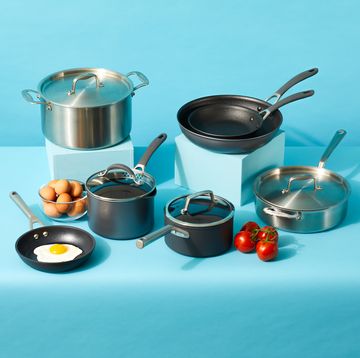
The Best Nonstick Cookware

The Best Water Filters of 2024

The Best Air Fryer Toaster Ovens

The Best Water Bottles for Kids


